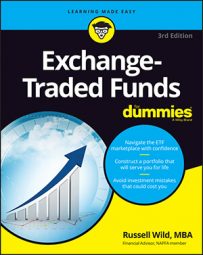How much you need in ETFs and the rest of your portfolio to call yourself economically self-sufficient (or retired) starts off with a very simple formula: A × B = $$$$. A is the amount of money you need to live on for one year. B is the number of years you plan to live without a paycheck. $$$$ is the amount you should have before bidding the boss adieu.
Of course, that formula is waaay oversimplified. You also need to factor in such things as return on your future portfolio, inflation, Social Security, and (for the very lucky) potential inheritances. For a more detailed reckoning of how much money you should be looking to save, there are some fairly decent online retirement calculators.
Whatever amount you set as your goal, you need to do three basic things to achieve it:
Perhaps obvious, although most people prefer to ignore it: You have to save. A retirement portfolio doesn’t just pop up from out of nowhere and grow like Jack’s beanstalk. You need to feed it. Regularly.
You need to invest your money wisely. That’s where a well-diversified portfolio of ETFs comes in.
It behooves you to take maximum advantage of retirement plans such as your company 401(k) plan — even if it’s sub-par — IRAs, and (my favorite) Roth IRAs. If your 401(k) plan offers only pitiful options, you still need to do the best you can with what you’ve got.

